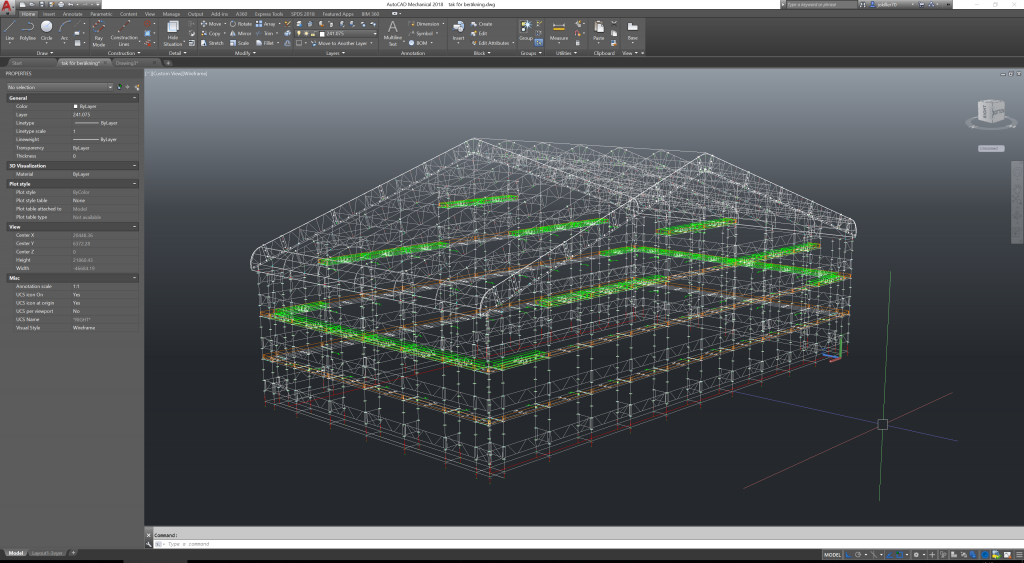Q & A: What are the Types of scaffold’s load?
2 min read
required to be in use. The foundations & any supporting structure of a scaffold structure must be able to distribute the load properly from top to the bottom. There are Different types of Loads can affect on scaffolds as following:
Dead Load (Self-weight)
The dead load incorporates all segments and equipment which are a part of the scaffolding. This includes platforms, structural, components, scaffold sheeting, edge protection, suspension cables, hoists, etc.
(see: Scaffold Register and Inspection Checklist)
Live Load or (Temporary Load)
Live load is consisting of duty live loads (Classified as special, medium, light) including individuals working on the scaffold & stacked materials
Environmental loads including:
Environmental loads including wind loads on stacked materials, toe boards, sheeting or planks, platform ropes, guardrails, guy wires, screens, and other attachments.
Earthquake loads & Snow loads.
Rain and ice stacks areas where they may influence the scaffolding.
impact loads (unexpected or sudden loadings, for example, materials being put on or removed)
Scaffolds must not be used utilized to hoist any plant equipment or formworks, for example, during concrete works unless the scaffolding is specifically designed for that.
Duty live load classifications
When calculating loads of any scaffolding it must be kept in mind that the loads will be uniformly distributed loads (UDLs).
Light-duty:
A load of 225 kg per bay, including a single intense load of 100 kg. The maximum number of working platforms in any one bay of a tube & coupler scaffold is:
four lifts or working platforms per bay & maximum Scaffold height up to 13.5 m high.
two lifts or working platforms per bay & maximum Scaffold height up to 33.0 m high. See Also What are fall protection systems for scaffolders.
Medium-duty:
A load of 450 kg per bay, including a single intense load of 150 kg.
The maximum number of working platforms in any one bay of a tube & coupler scaffold is:
2 lifts or working platforms per bay & maximum Scaffold height up to 13.5 m high
1 lifts or working platforms per bay & maximum Scaffold height up to 33.0 m high
Heavy-duty:
A load of 675 kg per bay, including a single intense load of 200 kg.
The maximum number of working platforms in any one bay of a tube & coupler scaffold is:
2 lifts or working platforms per bay & maximum Scaffold height up to 13.5 m high.
1 lift or working platforms per bay & maximum Scaffold height up to 33.0 m high. How to calculate scaffolding load
Special-duty:
The heaviest proposed load must not exceed 102 kg/m2.
Where loads surpass heavy-duty, the scaffold must be classified as special duty & designed to support the heaviest proposed load, but not less than 1 kPa over the whole working platform.




1 thought on “Q & A: What are the Types of scaffold’s load?”